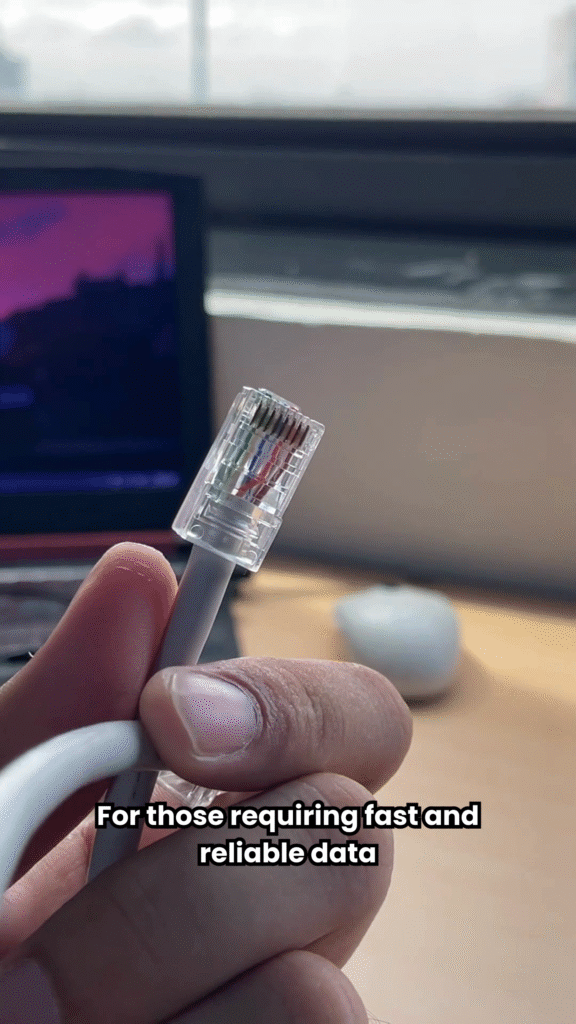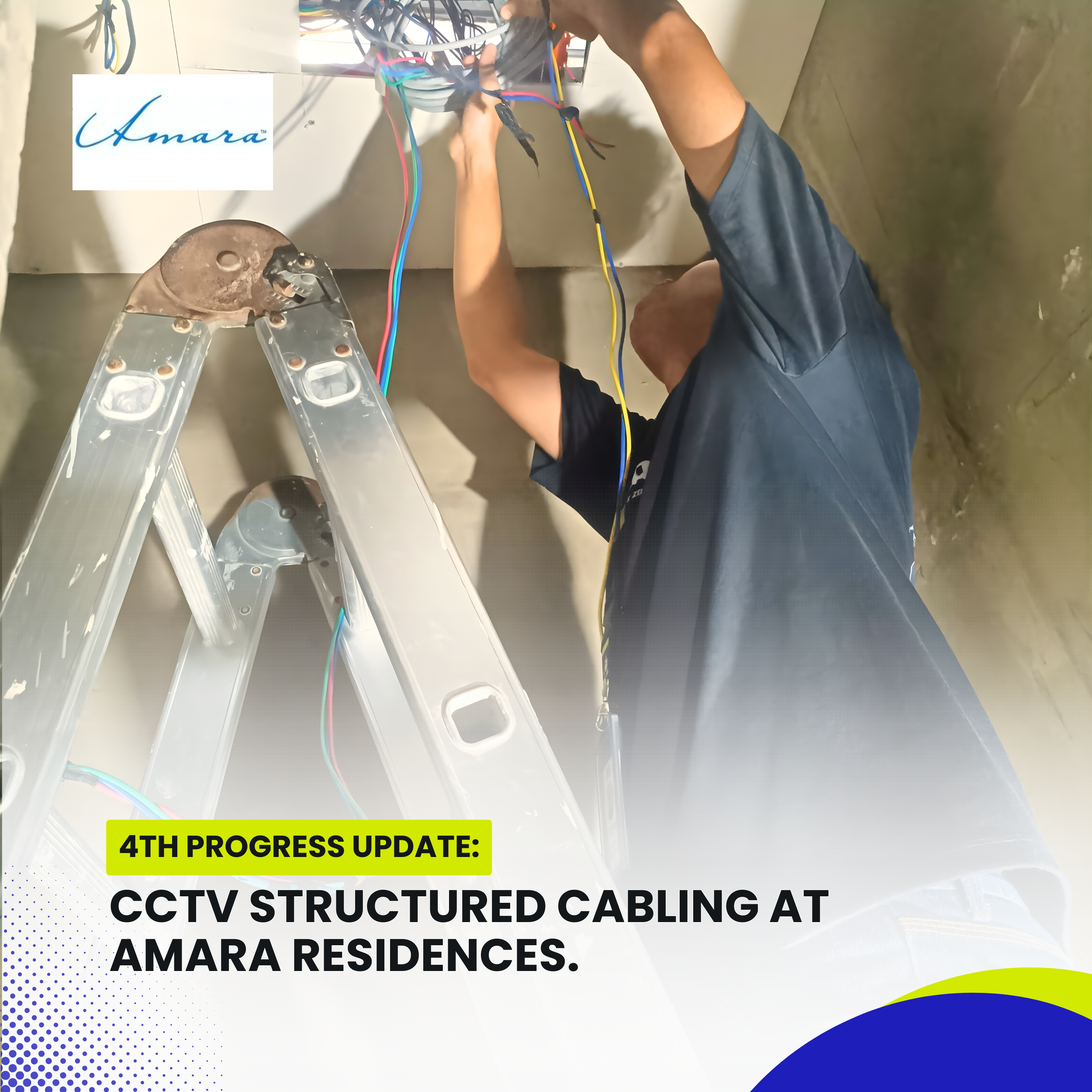AccessPoint Supply and Installation at Santo Niño Village-Final Progress Update. Introduction. Reliable wireless connectivity is essential in today’s homes, supporting daily communication, work, and entertainment needs. To ensure stable and extended network …
Ethernet Cable vs. Fiber Optic Cable: What is Best for You?

Introduction
When it comes to setting up a reliable and efficient network—whether for your home, office, or business—choosing the right type of cable is crucial. In our latest video, we break down the two most commonly used types of network cables: Ethernet (also known as copper cables) and Fiber Optic cables. Each has its own strengths, limitations, and ideal use cases. Let’s walk through the key takeaways discussed in the video, including what these cables are, their features, price considerations, and which one we ultimately recommend.
Informational Video.
What Are They Used For?
Both Ethernet and Fiber Optic cables serve the same core purpose: transmitting data across networks. However, their differences lie in how they achieve this and the environments they best serve.
Ethernet Cables (Cat5e, Cat6, Cat6a, etc.) are widely used in homes and offices for connecting computers, routers, switches, and more. They’re versatile, easy to install, and have been the backbone of wired networking for decades.
Fiber Optic Cables are known for their ability to transmit data over long distances at extremely high speeds. They are primarily used in data centers, enterprise-level networks, and backbone infrastructures where speed, bandwidth, and minimal latency are mission-critical.
Key Features Compared.
Here’s a quick look at how these two cables differ in terms of performance and features:
| Feature | Ethernet Cable | Fiber Optic Cable |
|---|---|---|
| Transmission Medium | Electrical signals through copper | Light pulses through glass/plastic |
| Speed & Bandwidth | Up to 10 Gbps (Cat6a and above) | Can exceed 100 Gbps depending on type |
| Distance | Up to 100 meters (Cat6) | 10+ kilometers without loss |
| Interference | Susceptible to EMI | Immune to electromagnetic interference |
| Installation | Easier, plug-and-play | More delicate and complex |
| Durability | Stronger in rugged environments | Fragile and sensitive to bending |
Fiber clearly offers superior performance in terms of speed, distance, and signal quality. However, Ethernet is often more than capable of meeting the needs of everyday users, especially in environments where those extremes aren’t required.
Price Considerations.
Cost is a major deciding factor when choosing between Ethernet and Fiber. In the video, we highlighted how:
Ethernet cables are significantly cheaper to purchase and install. Most home and small business networks can be wired using Ethernet without breaking the budget.
Fiber Optic installations, on the other hand, are more expensive—not only because of the cable itself but also due to the cost of specialized equipment and installation requirements. Technicians need to handle fiber with care, and the connectors and transceivers also add to the overall price.
For many, the performance benefits of fiber simply don’t justify the cost—especially if your internet plan or network hardware doesn’t support those extreme speeds in the first place.
What do We Recommend?
In the video, we gave a balanced recommendation based on practicality:
Fiber Optic is an excellent choice if you’re building a data center, need ultra-fast backhaul links, or are preparing a future-proof infrastructure for high-bandwidth applications. It’s fast, interference-free, and offers unmatched range.
However, for most users and scenarios, Ethernet cables are more viable. They’re fast enough, budget-friendly, easier to install, and compatible with almost all networking equipment. Unless you’re experiencing performance issues that fiber specifically resolves, Ethernet should be your go-to solution.
Conclusion
The choice between Ethernet and Fiber Optic cables ultimately depends on your specific needs, environment, and budget. While fiber might sound like the obvious winner in terms of performance, Ethernet holds its ground as the more practical and cost-effective solution for most residential and commercial setups.
At the end of the day, it’s not just about having the fastest option—it’s about choosing the right tool for the job.
Case Studies
CCTV Site Inspection at Guadalupe, Nichols Park subdivision. Introduction. Ensuring the reliability and performance of surveillance systems is essential in maintaining safety and security within residential communities. On this day, InstallersPH IT …
CCTV Structured Cabling at Amara Residences- 4th Progress Update.
CCTV Structured Cabling at Amara Residences- 4th Progress Update. Introduction. The fourth progress milestone of the project focuses on the installation and configuration of the network infrastructure within the client’s facility. With …

